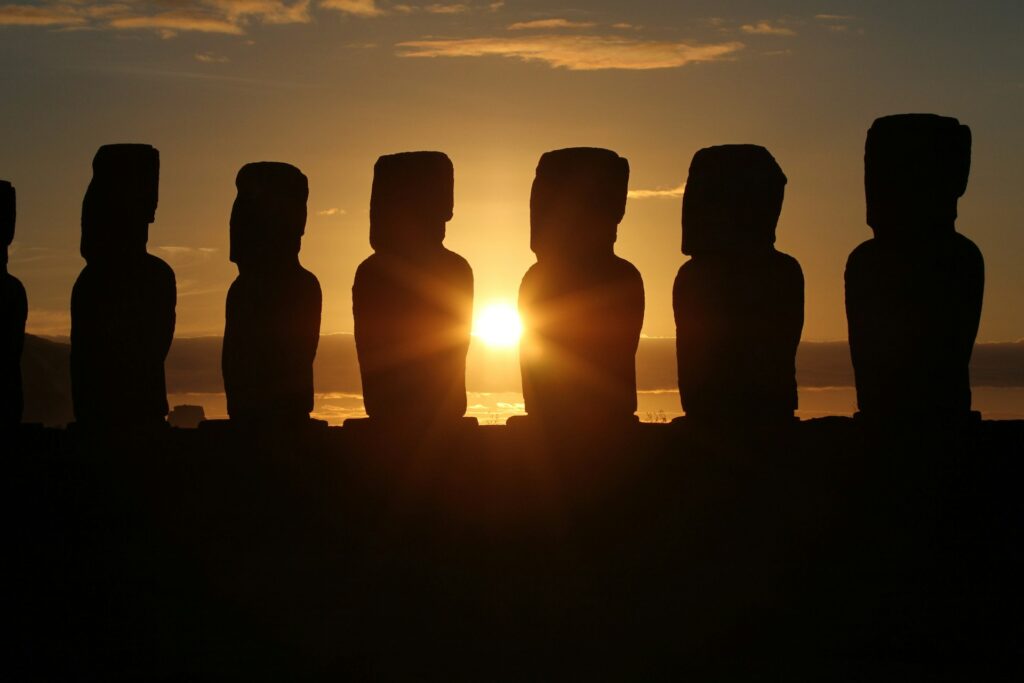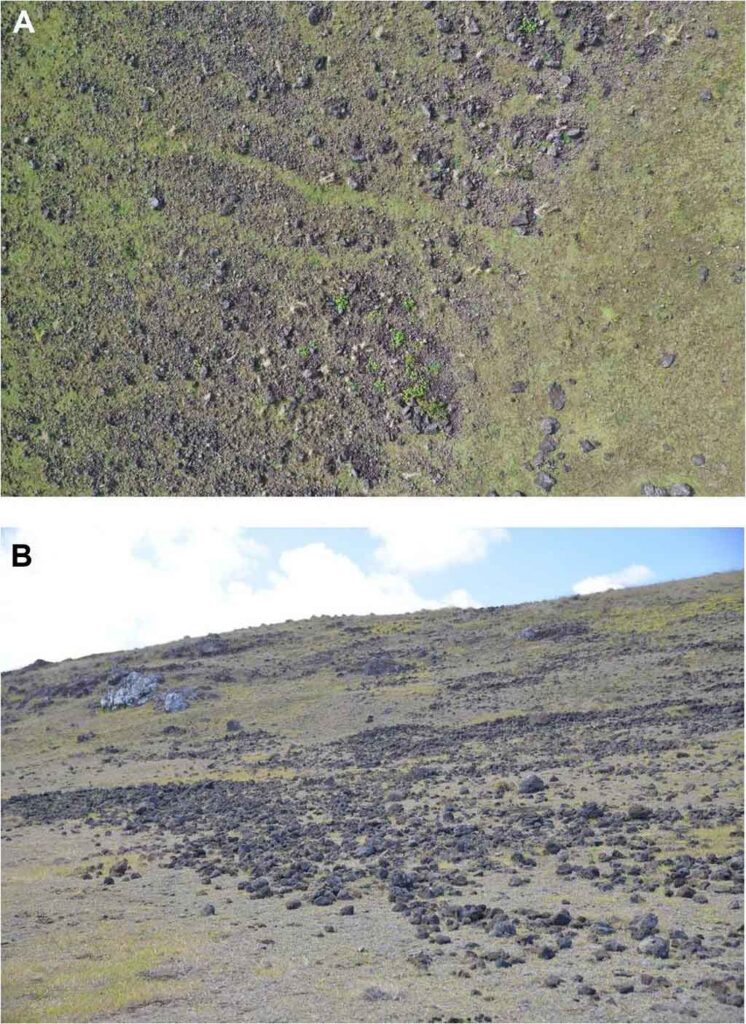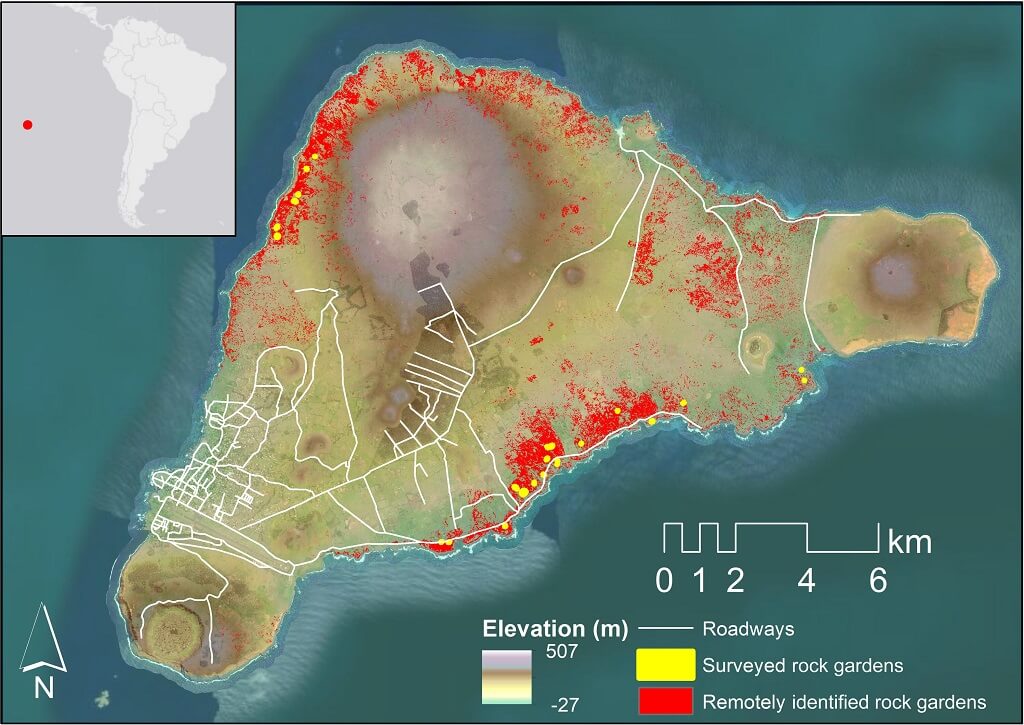What was the real reason for the destruction of the population of Easter Island — a new study points to a completely different scenario
According to a new study, the people of Easter Island , aka Rapa Nui, were not necessarily victims of their own actions.
In a comprehensive new study, scientists found that the island's population was not large enough to collapse due to environmental damage as previously thought.
The so-called myth of Rapa-Nui. Ecocide has been around for decades and has been seen as a kind of warning of what overuse of natural resources can cause. According to scientists, this myth should be thrown into the bin of outdated theories.
The new discovery is another piece of evidence in a growing list of recent evidence that the shrinking population of this Pacific island has nothing to do with their lifestyle.
The population collapse began shortly after Europeans arrived there in the 1700s, and in fact, it was more likely due to the slave trade , forced migration, and the introduction of pathogens.
The discovery is based on soil analyzes of Rapa Nui gardens, where the islanders grew crops.

A team of researchers led by Columbia University archaeologist Dylan Davis conducted satellite surveys of various locations on the island and concluded that these gardens were not large enough to feed a population large enough to cause collapse of their own accord.
"This shows that the population was never as large as some previous estimates suggested. The results contradict the collapse theory. "People showed great resilience in the face of limited resources because they changed the environment in such a way that they could cope," says Davis.
According to the ecocide theory, popularized by American researcher and historian Jared Diamond, Easter Island was once home to thousands of people.
According to Diamond's version of events, the locals cut down all the trees, due to which the fertile soil began to erode. As a result, they could no longer grow many crops, which led to famine, wars, cannibalism, and eventually collapse.
However, scientists are finding more and more evidence that the Rapa Nui people were much more resilient and resourceful than the collapse narrative suggests.
In addition to sweet potatoes, which the islanders grew in their gardens, they also ate seafood ; A growing body of evidence also indicates that they were still living peacefully and happily on the island when Europeans arrived.
However, previous satellite observations of orchards supported large populations.
The area of Easter Island is 164 square kilometers; According to previous such studies, gardens occupied 21.1 square kilometers. This would have been enough for 17,000 people, much more than the 3,000 people reported by the first European visitors.
Davis and his colleagues conducted the study with strong methodological rigor, which ultimately supported a different interpretation.
To grow gardens on the island, the locals scattered large boulders in the lowlands, which protected the land from wind erosion and salt spray from the ocean. The islanders sowed crops on the ground between the boulders.

It is very difficult to distinguish it from ordinary boulders in the field, especially considering that Easter Island is already rocky; So the researchers diligently studied these rock gardens for five years, cataloging their characteristics, such as high levels of soil moisture and nitrogen.
They then trained a machine learning algorithm to detect this data in the satellite data recorded by the Shortwave Infrared Imaging Instrument.
"Naturally, boulders are scattered everywhere, which in the past were mistaken for rock gardens. "Shortwave imaging painted a different picture," says Davis.
The results showed that only 0.76 square kilometers of Easter Island were covered by rock gardens, enough to feed about 2,000 people.

According to the researchers, food sources such as seafood and other crops, even bananas, would have been sufficient for only about 3,000 people.
This figure matches the number reported by Europeans who arrived there in 1722, indicating that the islanders were living happily and sustainably at that time. By 1877, the population barely exceeded a hundred people .
"The results we obtained contribute to the refinement of agricultural productivity estimates and indicate that the figures of previous estimates were 5-20 times higher. "This finding has important implications for estimates of population size and subsistence strategies of the Rapa Nui people before European contact," the researchers wrote.
The researchers plan to use this data in future studies to more fully model the population of Easter Island , which will provide a new tool for understanding their community and subsequent destruction of that community.
The study was published in Science Advances .
Prepared by eurekalert.org and ScienceAlert.

